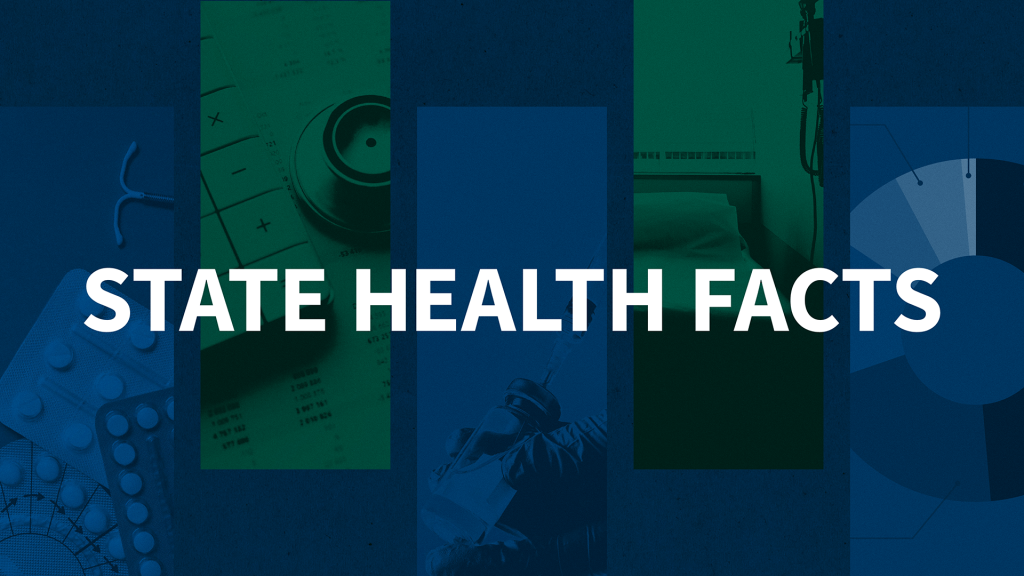Health Insurance Coverage for People with HIV Under the Affordable Care Act: Experiences in Five States
To provide greater insight into how Affordable Care Act (ACA) implementation has affected people with HIV during the first year of major insurance expansions, this issue brief examines the experiences of people with HIV based on focus groups conducted in five states: California, Florida, Georgia, New York, and Texas. It is a part of KFF's larger ACA sentinel sites project.
